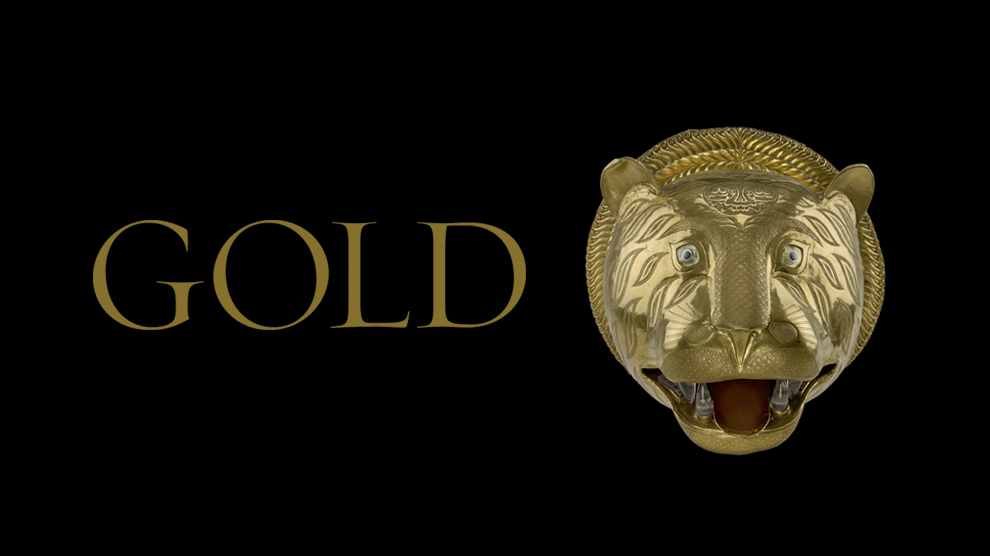
MIKHAIL EVLAMPIEVICH PERKHIN (1860-1903)
Frame with a portrait miniature of Tsarina Maria Feodorovna
c.1895RCIN 40107
This portrait miniature of the Dowager Tsarina Marie Feodorovna was painted by Johannes Zehngraf and is based on a photograph by Alexander Alexandrovich Pasetti of 1894. Marie Feodorovna (1847-1928), born Princess Dagmar of Denmark, married the future Tsar Alexander III in 1866. In contrast to the Tsar, she enjoyed the excitement and extravagance of court life in St Petersburg. She had great admiration for Fabergé and his artistry and in 1882 she personally endorsed his work by purchasing a pair of gold cuff links in neo-Greek style from the Pan-Russian exhibition in Moscow.
Following her husband’s death in 1894, her son Nicholas II continued the tradition of presenting her with a Fabergé Easter egg. In a letter dated 8 April 1914 to her sister Queen Alexandra, she describes how on receipt of the egg for that year she told Fabergé ‘vous êtes un génie incomparable’. Even during the first decade of the twentieth century, in a period of particularly difficult political relations between England and Russia, Marie Feodorovna visited England several times, notably in 1902 for the coronation of Edward VII and Queen Alexandra.
Following the Revolution in 1917, the Dowager Tsarina escaped to the Crimea and was eventually rescued with her daughter, Grand Duchess Xenia, by a British cruiser sent at King George V’s insistence. After a brief stay with her sister and nephew at Sandringham, she returned to Denmark, moving finally to Hvidøre, the villa outside Copenhagen she shared with Queen Alexandra. Even at Hvidøre, where she was to spend the remainder of her life, she was not without objects by Fabergé, having earlier had seals made for use there; of these there is an example in the Royal Collection.
Mark of Michael Perchin; gold mark of 56 zolotniks (before 1896); Fabergé in Cyrillic characters. Miniature signed Zehngraf.
Text adapted from Fabergé in the Royal Collection and the catalogue entry from "Gold", London, 2014.
Following her husband’s death in 1894, her son Nicholas II continued the tradition of presenting her with a Fabergé Easter egg. In a letter dated 8 April 1914 to her sister Queen Alexandra, she describes how on receipt of the egg for that year she told Fabergé ‘vous êtes un génie incomparable’. Even during the first decade of the twentieth century, in a period of particularly difficult political relations between England and Russia, Marie Feodorovna visited England several times, notably in 1902 for the coronation of Edward VII and Queen Alexandra.
Following the Revolution in 1917, the Dowager Tsarina escaped to the Crimea and was eventually rescued with her daughter, Grand Duchess Xenia, by a British cruiser sent at King George V’s insistence. After a brief stay with her sister and nephew at Sandringham, she returned to Denmark, moving finally to Hvidøre, the villa outside Copenhagen she shared with Queen Alexandra. Even at Hvidøre, where she was to spend the remainder of her life, she was not without objects by Fabergé, having earlier had seals made for use there; of these there is an example in the Royal Collection.
Mark of Michael Perchin; gold mark of 56 zolotniks (before 1896); Fabergé in Cyrillic characters. Miniature signed Zehngraf.
Text adapted from Fabergé in the Royal Collection and the catalogue entry from "Gold", London, 2014.







